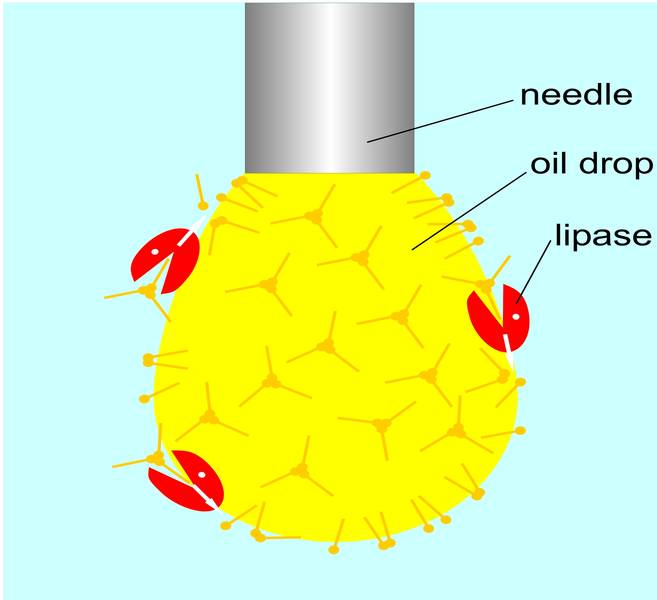Main focus

Ultrasensitive detection of individual nanoparticles
The idea of this project was based on a recently established experimental phenomenon, which was discovered by one of our project partners: individual particles / objects in the submicrometer range show intense optical signals in surface plasmon resonance microscopy. This effect can be illustrated by a stone that is close to the surface of the water. Even if the stone cannot be observed, it is possible to detect the secondary waves caused by their spatial propagation. This phenomenon therefore creates the unique possibility for ultrasensitive detection of nanoparticles in real time. The project was financially supported by the European Commission (FP 7). (www.nanodetector.eu)

Development of biosensors based on surface plasmon resonance (SPR)
Die meisten Lebensvorgänge basieren auf Affinitätswechselwirkungen. Mit SPR-Biosensoren können Wechselwirkungen von biologischen Molekülen on-line verfolgt werden. Das Ziel dieser Arbeit ist die Entwicklung hochsensitiver SPR-Techniken mit interner Referenzierung und deren Anwendung für die Herstellung von Biosensoren und Sensorarrays.

µ-contact printing
The production of biosensors and arrays requires application of spatially directed different receptor molecules (antibodies, DNA, etc.) to the sensor surface. In this project we used the method of µ-contact printing and other techniques to synthesize covalently stabilized protein arrays.

Electrochemical transistors for biotechnological applications
This new type of chemical sensor was recently developed in our group. The sensor is based on conductive polymers and utilizes a 6-electrode measurement configuration, which enables complete electrochemical control of chemosensitive materials, separate measurements of bulk and surface effects as well as sensor integrity controls.

Investigation of lipolysis on model systems
Using oil-drop tensiometry and surface plasmon resonance, functions and surface properties of lipases can be investigated. The lipolysis of oil (triglycerides) leads to formation of surface-active products (fatty acids and diglycerides), which can be examined tensiometrically. The project is carried out in cooperation with the groups Technical Microbiology (Prof. P. Stahmann), Chemical Reaction Engineering (Prof. K. Schnitzlein) and Lightweight Ceramics (Apl. Prof. R. Schmid).
